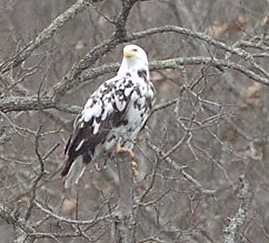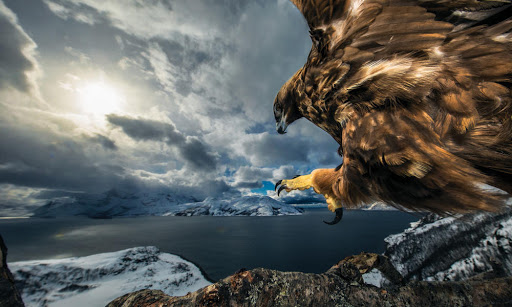by DJ Featherton

Getting an unexpected view of a Bald Eagle, or a Golden Eagle is a thrill that won’t be forgotten. Except for the Condor, these two species of eagles are America’s biggest birds, and clearly portray an image of power, strength, and beauty. They’re magnificent! All people know what an eagle looks like. The Bald Eagle is the symbol of our nation, is shown on the presidential seal, on America’s money, and Art of all kinds. There’s just no end to it. John Denver sang, “He’d be a poorer man if he never saw an eagle fly.” Our two American Eagles are truly a treasure in the sky for all of us to see.

The Bald Eagle and Golden Eagle are both in the hawk family, though they have nothing else in common except for size and beauty. The Bald Eagles have their beautiful trademark bright-white head and tail feathers contrasting with their large dark brown body and over seven-feet of wing. This North American eagle is a member of the Sea Eagle, or Fish Eagle, species. There are about eight different Sea Eagle species around the world, but the Bald Eagle is found only through Alaska, Canada, and across the lower 48 with a dip into northern Mexico. Today, these birds are plentiful along coastal waters, rivers and lakes as they sail over the water to pluck fish near the surface with their strong talons. They are, however, opportunists and will indulge in carrion when available. I used to see Bald Eagles congregate in the trees and on the ice near small patches of open water on the Mississippi River in winter. These birds are big! What a spectacle.

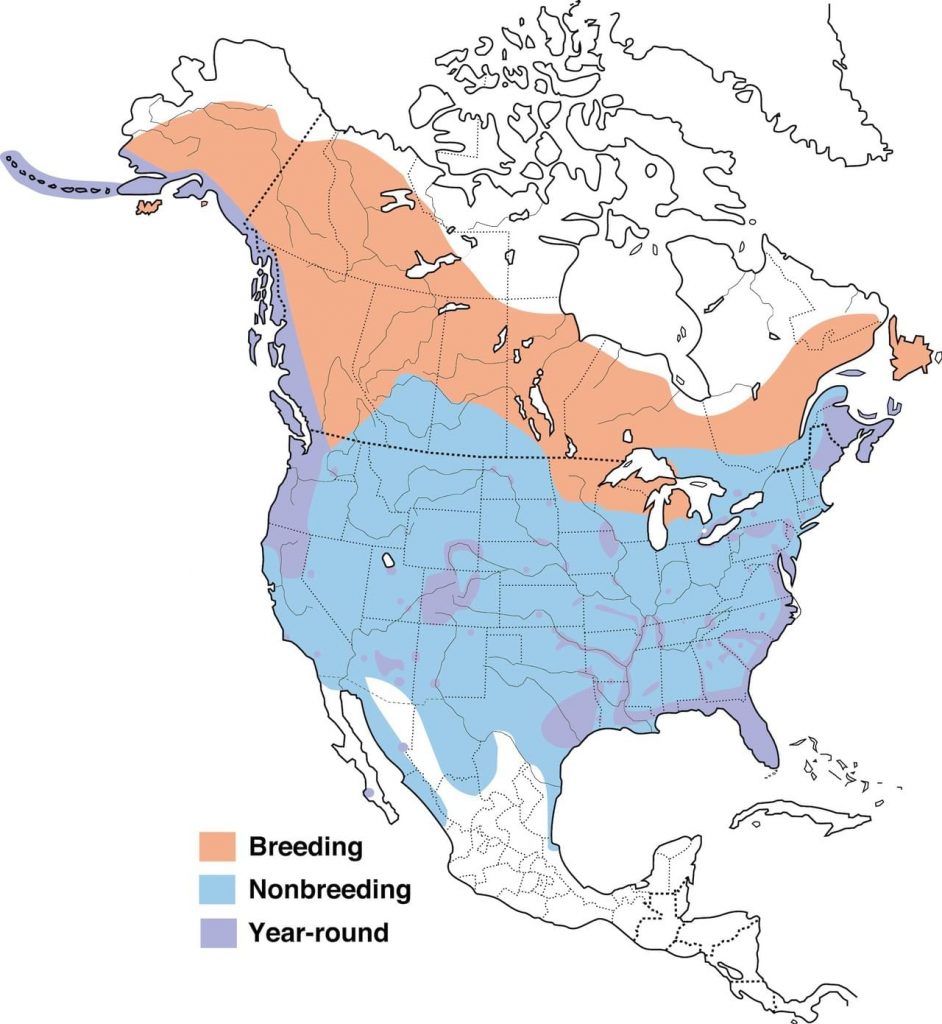
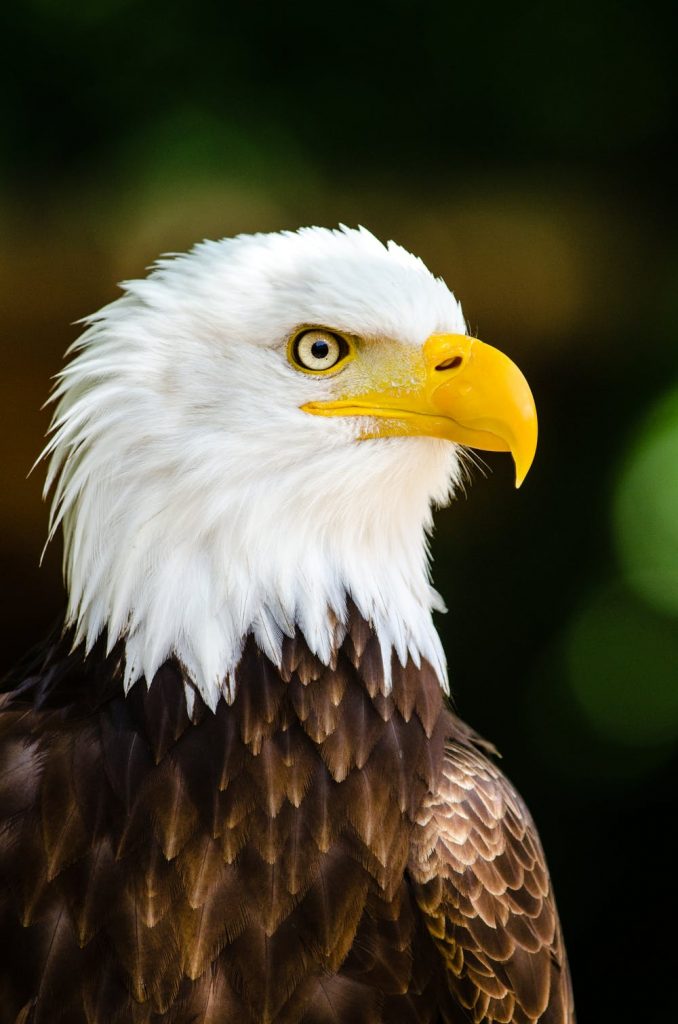
The Golden Eagle is in a group of about a dozen species that are found around the globe, and prefer drier interior country away from coastal and damp regions. In North America, the Golden Eagle’s range covers all of Alaska, western Canada, and the western half of the U.S. Some Golden Eagles are found in small areas in the Midwest, Appalachians and up into the Northeast. These magnificent raptors hunt for small mammals like jackrabbits, squirrels, prairie dogs, and sometimes a fish. Even other birds like grouse or ducks are fair game for this big raptor.
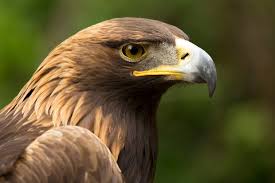
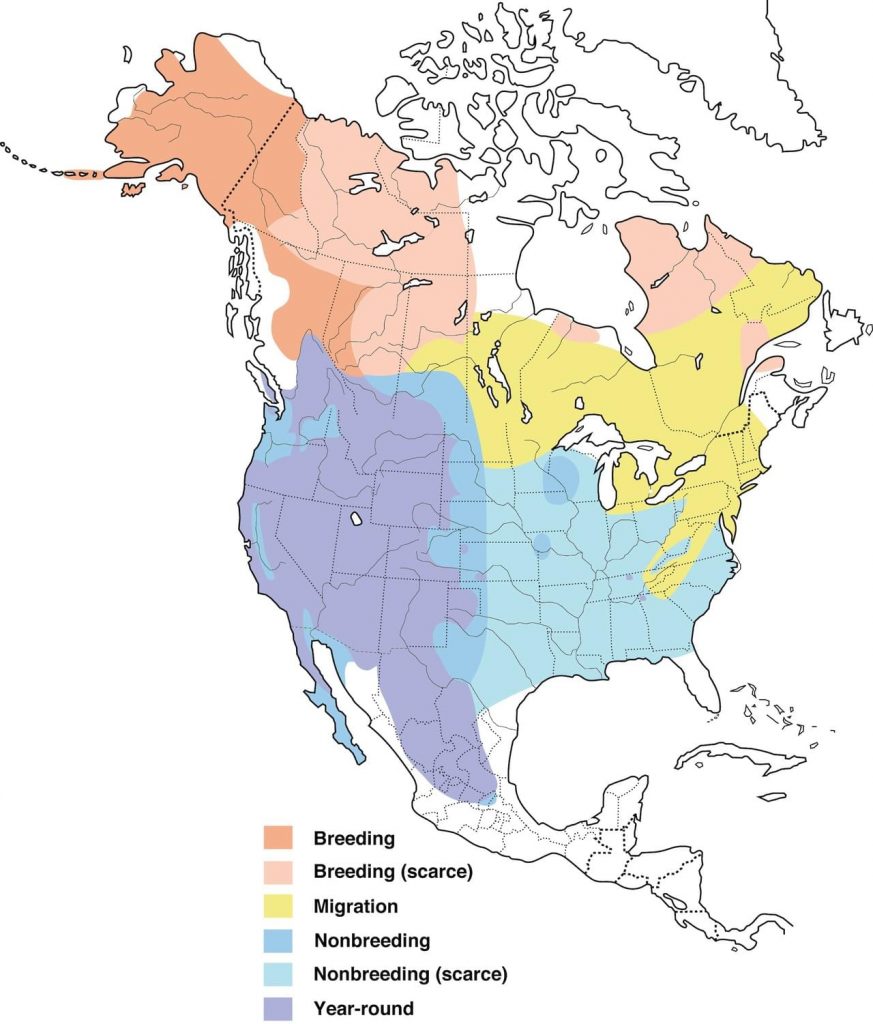
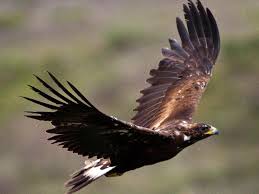
Unlike the Bald Eagle that builds his nest in trees, the Golden Eagle prefers ledges, or shelves on cliff sides. Both birds return to the same nest each year and bring more sticks and branches for the season. Over time their nests can become enormous. If not in the mountains with cliffs, the Golden Eagle will build his nest in tall trees.
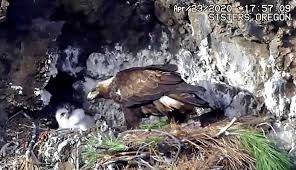
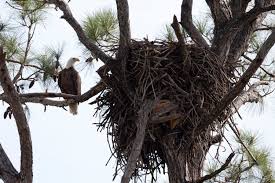
I recently read an amusing article about a nesting pair of Bald Eagles being watched by camera for study. The female disappeared one day. As time passed, the male finally accepted a new mate. Interestingly, as the male arranged the newer sticks and branches he brought to his nest and then flew off, the new female would rearrange the nest as she felt was best. When the male returned, however, he would put everything back to the way he first had it. Cool! Their nest is their home, and they arrange things just like we arrange our furniture. Very cool!

For many, the Bald Eagle and Golden Eagle look too similar to tell apart. This can be especially true during both birds’ immature years. The Immature Bald Eagle does not receive his distinguished white head and tail feathers for nearly five years. Until then he may confuse some birders with the Golden Eagle. At this time of immaturity, both eagles are all brown with mottled and varied white feathers and patches. It’s especially easy to identify Golden Eagles with their white “window” patches under their wings, and bright-white base of their tails. As both eagles mature, mixed white feathers disappear. The mature Bald Eagle has a beautiful dark brown body with a white head and tail. The Golden Eagle has a much lighter mixed brown coloration with a more golden-brown head. The Golden Eagle looks more like a hawk with a shorter neck and bill than the Bald Eagle. Also, the Bald Eagle will soar with his wings almost perfectly flat from tip to tip. The Golden Eagle soars with wingtips at a small angle upward. As birders with good binocs and scopes get familiar with both eagles, identification becomes easy.
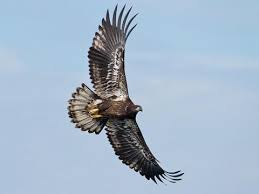
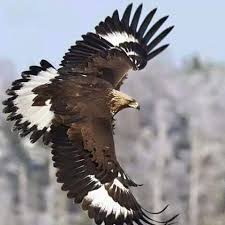
While Golden Eagles have maintained their population over recent years, the Bald Eagle has one of the greatest comeback stories of all time. Back in the ’60s, seeing a Bald Eagle was rare. Shootings, DDT and other pesticides nearly brought them to extinction. Only 500 pairs were in the lower 48 states, and new hatchlings would not survive. Since then, new laws forbidding shooting birds of prey and the use of DDT and other harmful pesticides have made major differences. Today, there are well over 10,000 pairs in the lower 48, and many more in Canada and Alaska. I’d call this a major comeback! Now, any interested birder can go to the nearest lake, river or shoreline with a high probability of seeing a Bald Eagle, and maybe even a nest.
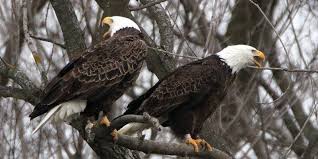
I know for sure we’d all be poorer if we never see an eagle fly! So, pack those binocs and head towards the water. I’ll see you there!


